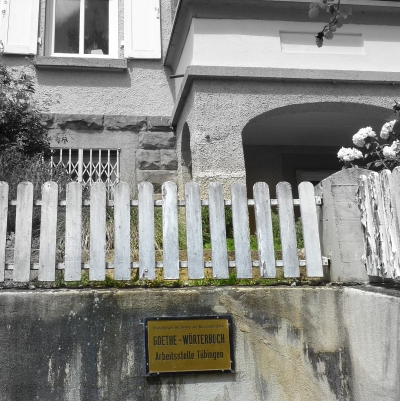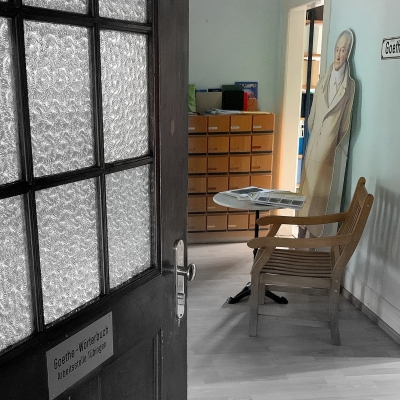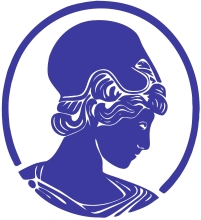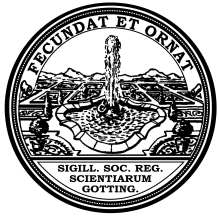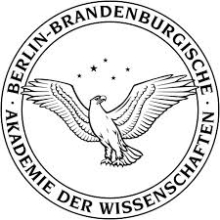In the beginning was the word – or, in the case of the Goethe Dictionary: a written word, namely a "memorandum" by the Berlin classical philologist and Goethe researcher Wolfgang Schadewaldt. At the end of 1946, he succeeded in convincing the German Academy of Sciences with his programmatic pro memoria to dedicate an author's dictionary to Germany's most famous poet. Schadewaldt had specifically turned to one of the academies of science, as he saw them as the "cathedral masons guilds huts" of research and the only institutions who could be trusted to have the standing for such an ambitious project.
After the Berlin and Hamburg offices were founded (1947), the Tübingen office was established in 1951 at Schadewaldt's new chair. About three decades later, the Goethe dictionary was included into the academy program for long-term projects. Since then, it has been an inter-academy project, supervised by the Heidelberg Academy of Sciences and Humanities (Tübingen), the Berlin-Brandenburg Academy of Sciences and Humanities (Berlin/Leipzig), and the Lower Saxony Academy of Sciences and Humanities in Göttingen (Hamburg).
In 2004, the digitization of the first volumes and their publication on the Internet began in a DFG-funded project at the Competence Centre for Electronic Indexing and Publication Methods in the Humanities at the University of Trier. The first six volumes and the first instalments of the seventh volume are now available online.
Completion of the Goethe dictionary was originally planned for 2036. Since then the deadline has been brought forward and the completion set has been set for 2025. There are currently six completed volumes and the bigger part of the seventh volume available in print.
Structure of the Articles
A (large) article in the Goethe Dictionary is usually made up of up the following parts:
keyword, preliminary remark, description of meanings (semantic part), selected quotations, further references, semantic areas of use, word formation, synonyms
The most important parts are:
Preliminary remark
It may contain:
- an overview of the article,
- information on spelling, phonetic, word form,
- information on the frequency and distribution over the text groups or the meanings,
- information about the semantic field and its environment,
- information on the history of the word or term,
- information on special features or conspicuous use by Goethe.
Semantic part
It is structured hierarchically with alphanumeric structure marks (I, A, 1, a, α) and can contain, among other things:
- information about the lexical meanings, usually in the form of definitions, synonyms or paraphrases;
- information on word usage, that is typical for Goethe:
- modifications of meanings according to each word’s specific contexts; connotations, evaluations, perspectives, references;
- information on peculiarities of poetic language, e.g. metaphor, symbolism, ambiguity, associativity;
- information on conceptual and terminological usage;
- information on areas of use (e.g. anatomical, architectural, mining), stylistic patterns (e.g. epistolary style, official style) and stylistic values (e.g. facetious, coarse).
Quotations
They have the function of substantiating the respective meaning and concurrently conveying an idea of the variety of possible usages in different contexts. Generally, only a strict selection of quotations and references is given.
Tübingen
